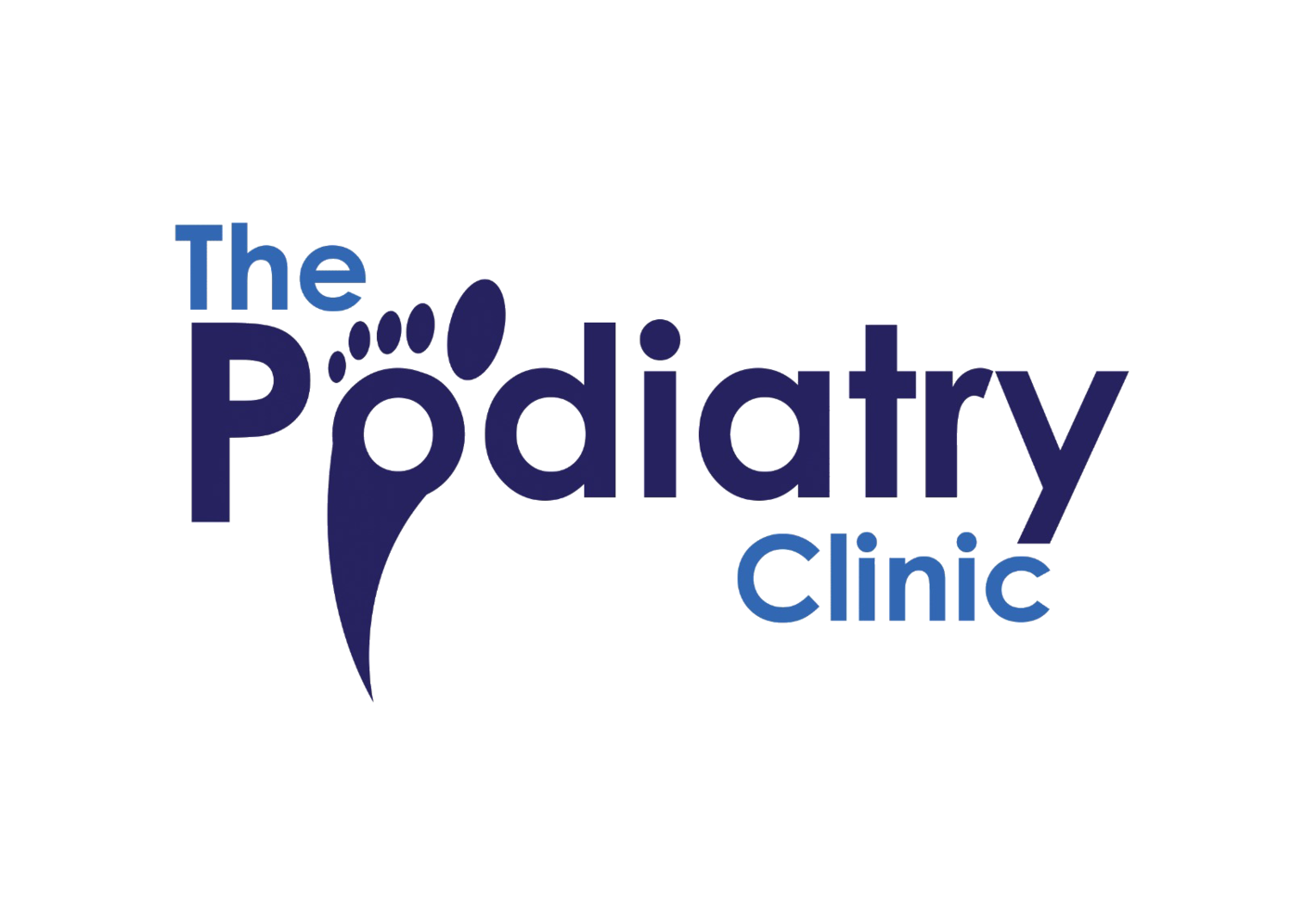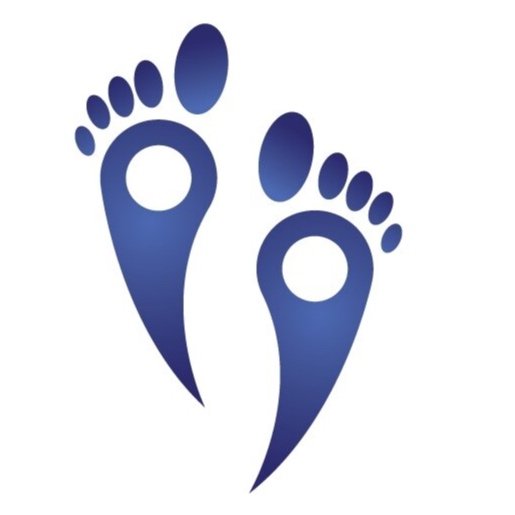
Back Pain – Diagnosis & Treatment
Back pain is a prominent cause of disability worldwide, and it is one of the most common reasons people visit the doctor or miss work.
Fortunately, you may take steps to prevent or alleviate most instances of back discomfort. If prevention fails, basic home treatment and appropriate body mechanics can frequently cure your back and keep it functional within few weeks. Back pain is rarely treated with surgery.
Symptoms
Back pain can be anything from a dull ache in the muscles to a shooting, searing, or stabbing pain. Furthermore, pain may travel down your leg or worsen when you bend, twist, lift, stand, or walk.
When should you see a doctor or physiotherapist?
If your back pain persists, see your doctor or physiotherapist.
It has been going on for a few weeks now.
Is intense and does not get any better with rest
Spreads down one or both legs, particularly if discomfort is felt below the knee.
One or both legs experience weakness, numbness, or tingling.
Is followed with an inexplicable decrease of weight
Back discomfort might occasionally indicate a significant medical concern. If you have back discomfort, seek medical attention right away:
New bowel or bladder problems occur as a result of this medication.
Is accompanied by a high temperature
After a fall, a hit to the back, or another injury
Causes of Back Pain
Back pain frequently occurs without a known reason that your doctor can determine through a test or imaging study. Back discomfort is usually associated with the following conditions:
Strain of a muscle or ligament. Back muscles and ligaments can be strained by repeated heavy lifting or a sudden uncomfortable movement. Constant tension on your back might produce severe muscle spasms if you're in poor physical shape.
Discs that have bulged or ruptured. Discs act as cushions between your spine's bones (vertebrae). A disc's soft substance can expand or rupture, putting pressure on a nerve. A bulging or ruptured disc, on the other hand, may not cause back pain. Disc disease is frequently discovered by chance when you receive spine X-rays for another cause.
Arthritis. The lower back can be affected by osteoarthritis. In some circumstances, arthritis in the spine can cause spinal stenosis, which is a narrowing of the area around the spinal cord.
Osteoporosis. If your bones become porous and fragile, the vertebrae in your spine can suffer severe fractures.
Diagnosis
Your back will be assessed through your ability to sit, stand, walk, and lift your legs will be assessed. Your physiotherapist/clinician may also ask you to rate your pain on a scale of one to ten and discuss how well you're managing your discomfort.
These tests can reveal the source of your discomfort, how much you can move before pain forces you to stop, and whether you have muscular spasms. They can also aid in the elimination of more significant causes of back pain.
If your physiotherapist suspects a specific condition is causing your back discomfort, they may request one or more of the following tests:
X-ray. These scans reveal how your bones are aligned, as well as whether you have arthritis or damaged bones. These pictures will not reveal any issues with your spinal cord, muscles, nerves, or discs on their own.
CT or MRI scans Herniated discs, as well as abnormalities with bones, muscles, tissue, tendons, nerves, ligaments, and blood vessels, can be discovered with these scans.
Tests on the blood. These can assist figure out if you have an infection or another illness that's causing your discomfort.
Scanning of the bones (DEXA). A bone scan may be performed in rare circumstances to check for bone cancers or compression fractures caused by osteoporosis.
Nerve research. The electrical impulses produced by your nerves and the reflexes of your muscles are measured using electromyography (EMG). This test can determine whether nerve compression is the result of herniated discs or a narrowing of the spinal canal (spinal stenosis).
Physiotherapy
Physiotherapist can teach you proper posture, alignment, and neck stretching and strengthening exercises, as well as utilise heat, cold, electrical stimulation, and other techniques to relieve discomfort and prevent it from returning. Your physiotherapist can go over the advantages and disadvantages with you of particular treatment options. Treatments that are not conventional include:
Myofascial Release with ASTR tools. Myofascial release (MFR) therapy with tools focuses on releasing muscular shortness and tightness and relieves soft tissue restrictions that cause pain. It is also known as myofascial trigger point therapy. It is a type of safe, low load stretch that releases tightness and pain.
Shockwave Therapy. One of the main causes of neck pain are myofascial trigger points, these are localised segments of muscle that that been subjected to acute injury and micro-trauma from repetitive stress. Shockwave can be very helpful for chronic neck pain including tension headaches and release trigger points.
LASER Therapy (Class IV). It may sound futuristic but it has become a standard of care in musculoskeletal pains. Patient experiences an improvement of symptoms including reduced pain, swelling, and range of motion and of course, the heat from the laser is soothing as well.
Electrical nerve stimulation applied to the skin (TENS). Electrodes implanted near sensitive parts of the skin send out tiny electrical impulses that may help ease pain.
Traction. Under the guidance of a medical specialist and a physiotherapist, this therapy may be able to relieve some back discomfort, particularly pain caused by nerve root irritation.
Acupuncture. Acupuncture is a technique that includes inserting tiny needles into certain places on the body. Acupuncture has been shown to aid with a variety of pains in studies. However, research on back discomfort has been divided. You may require numerous acupuncture sessions to achieve the optimum benefits. When conducted by a certified practitioner using sterilised needles, acupuncture is generally regarded safe.
Massage. A qualified practitioner manipulates the muscles in your neck with his or her hands during a massage. Massage may provide relief when combined with your doctor's suggested therapies in persons with backpain, while there is little scientific proof to back it up.
Yoga. Yoga is a comprehensive discipline that entails the practise of specific postures or poses, as well as breathing exercises and relaxation techniques. Yoga can help you stretch and strengthen your muscles while also improving your posture, though some postures may need to be modified if they exacerbate your symptoms.
Treatment for Back Pain
Back pain is a complex illness that affects everyone differently. Many people's discomfort lasts a few months, but only a few people suffer chronic, severe pain.
You may only require over-the-counter pain medications and the use of heat. Bed rest is not advised.
Continue your activities to the extent that you are able. Light exercise, such as walking and daily activities, are good options. Stop doing things that make you hurt, but don't avoid doing things because you're afraid of getting hurt. If home treatments fail after a few weeks, your doctor may prescribe stronger drugs or other treatments.
Medications
Your doctor or physiotherapist (independent prescriber) may suggest the following treatments, depending on the severity of your back pain:
Pain remedies sold over-the-counter (OTC). Back pain can be relieved by nonsteroidal anti-inflammatory medicines (NSAIDs), such as ibuprofen. Only use these medications as prescribed by your doctor or physiotherapist. Overuse can have catastrophic consequences. If over-the-counter pain medicines don't work, your doctor or physiotherapist may prescribe stronger NSAIDs such as naproxen sodium.
Opioid-containing drugs, such as codeine and dihydrocodeine, can be used for a limited time under your doctor's or physiotherapists care. Because opioids are ineffective for persistent pain, your prescription will normally only be for a week's worth of pills.
Muscle relaxants are drugs that relax the muscles. If OTC pain medicines don't work for mild to severe back pain, your doctor or physiotherapist may prescribe a muscle relaxant. Muscle relaxants can cause dizziness and sleepiness.
Antidepressants. Some antidepressants such as amitriptyline, have been demonstrated to treat persistent back pain without affecting depression.
Pain medications that are applied to the skin. These lotions, ointments, and patches deliver pain-relieving ingredients through your skin.
Back pain can be treated with a variety of procedures, including:
Injections with cortisone. If previous treatments don't work and your pain is radiating down your leg, your consultant may inject cortisone, a powerful anti-inflammatory steroid, along with a numbing agent into the region around your spinal cord and face joint.
Radiofrequency neurotomy is a type of radiofrequency neurotomy. A small needle is introduced through your skin such that the tip is near the location causing your pain in this operation. Radio waves are sent through the needle, damaging adjacent nerves and interfering with pain signal delivery to the brain.
Surgery. You may benefit from surgery if you have unremitting discomfort with radiating leg pain or gradual muscle weakening caused by nerve compression. These procedures are usually reserved for discomfort that hasn't responded to prior treatments and is caused by structural issues such as constriction of the spine (spinal stenosis) or a herniated disc.

